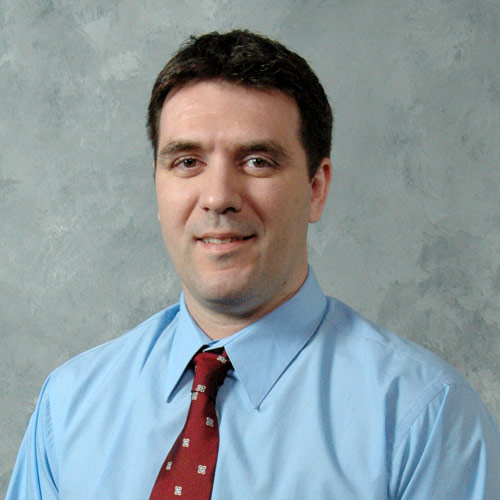A lot of us are in pain.
It’s one of the most common reasons for health care visits. According to the U.S. Department of Health and Human Services, about 97.5 million people — about one-third of the nation’s population — use prescription pain relievers. The Centers for Disease Control and Prevention estimates approximately 50 million people suffer from chronic pain, usually regarded as pain that lasts more than 12 weeks.
Despite pain’s prevalence and the high number of providers who prescribe pain medications, courses on pain management are not typically included in standard medical curricula.
An elective course, Special Topics in Pain Management, at Des Moines University is addressing this pain point.
“Given the importance of clinical pain management and associated changes like the potential for addiction, we believe that training our students in this area early on will make them more knowledgeable and comfortable with pain management,” says Vanja Duric, Ph.D., associate professor of physiology and pharmacology and an instructor for the elective.


The ongoing opioid pandemic underscored the need for a course like this, says Matthew Henry, Ph.D., department chair and assistant dean for preclinical education. The elective includes pain physiology, pharmacology and clinical management of different pain conditions.
“When people hear ‘pain management,’ they think of medication management. My hope with the elective is to educate students on the breadth of treatments available that go way beyond medications,” says instructor Jolene Smith, D.O.’10, a board-certified physician in pain management and anesthesia who practices at MercyOne Pain Management. “We have a multitude of interventions, including steroid injections, radiofrequency ablation and spinal cord stimulation.”
Other elective instructors are Daniel Christian, Ph.D., assistant professor of physiology and pharmacology, and Karry Smith, Ph.D., M.P.H., a cell biologist and consultant at MedPharm Iowa. They incorporate in the course the use of cannabinoids and the balance of prescribing opioids with the risk of addiction.
“The pathways to a substance use disorder are numerous, and each person’s pathway is unique. That is what makes treating these disorders so complex,” Christian says. “In the case of opioids, one challenge users have faced is that many started with a verified clinical need for the medication due to pain or injury. Over time, however, the medication becomes less efficacious, or the treatment may have run its course. This often leads to people seeking extralegal sources that are less controlled. These sources also can be adulterated with other stronger opioids that induce negative effects.”
Based on his assessments, Henry says students believe coverage of pain management in their courses “has certainly improved.” Eighty percent of students report DMU’s clinical curricula spend an “appropriate amount of time” covering the topic to prepare them for practice. That figure was less than 65% at DMU in the previous two years and exceeds the 70% reported by students in all osteopathic schools.
“I think DMU is headed in the right direction and filling a critical curricular need,” Henry says.
